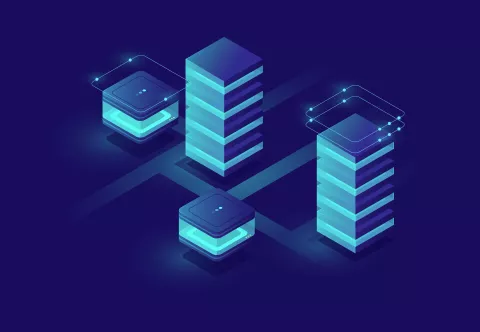1. The Illusion of “Cheaper to Build”
Many organizations believe building software internally is a cost-saving measure. After all, they already have developers, right?
But internal resources rarely come free. Every hour spent designing, coding, testing, and supporting a new tool is an hour diverted from core business priorities.
Hidden costs of building:
- Development time: Months or years of design, testing, and iteration.
- Talent retention: Skilled engineers are expensive — and hard to keep.
- Maintenance burden: Post-launch, the real costs begin with bug fixes, upgrades, and feature requests.
- Infrastructure and security: Hosting, data storage, and compliance add recurring expenses.
Even if the initial version is functional, sustaining and evolving it requires a dedicated team — effectively turning your organization into a software company.
2. The Opportunity Cost of Building
Every business has finite resources. When developers and product managers focus on building internal tools, they’re not innovating core products or improving customer experiences.
Example:
A retail company that spends a year developing an internal inventory system could instead have integrated a proven SaaS tool within weeks — allowing its tech team to focus on personalization, analytics, and revenue growth.
In short: building can delay innovation, especially in fast-moving industries where agility defines competitiveness.
3. Buying SaaS: The Speed and Predictability Advantage
Buying a SaaS solution shifts the burden of maintenance, updates, and infrastructure to the vendor.
For most organizations, this means:
- Faster time-to-market — implementation in days or weeks, not months.
- Predictable pricing — clear monthly or annual subscriptions.
- Continuous innovation — access to new features and integrations automatically.
- Scalability — easy to add users or expand functionality as the company grows.
However, buying also means less control. Customization may be limited, and switching vendors later can introduce migration costs.
The key is to choose a provider with robust APIs, transparent data ownership policies, and a track record of reliability.
4. The Hidden Costs of Buying SaaS
While SaaS seems simple, not all expenses are visible upfront.
Hidden costs of buying:
- Subscription creep: Multiple small tools can accumulate into high monthly bills.
- Integration complexity: Connecting SaaS platforms to existing systems can require additional development.
- Data migration: Moving data between vendors can be time-consuming and risky.
- Dependence on vendor uptime: Outages or policy changes can disrupt operations.
That said, for most organizations, these risks are easier — and cheaper — to manage than maintaining an in-house software product.
5. The Strategic Middle Ground: Build on Top of SaaS
An emerging trend is hybrid development — combining off-the-shelf SaaS infrastructure with custom layers.
For example, a company might use a SaaS CRM system like HubSpot or Salesforce, but build custom workflows and dashboards through APIs.
This approach leverages the stability and scalability of established platforms while retaining flexibility and brand-specific functionality.
In Conclusion
The decision to build or buy isn’t purely financial — it’s strategic.
Building gives you control and potential differentiation but comes with hidden costs in time, resources, and maintenance. Buying offers speed, scalability, and lower operational risk but can limit flexibility and long-term control.
The smartest organizations in 2025 aren’t choosing one or the other blindly — they’re evaluating both through the lens of total value, opportunity cost, and long-term scalability.
Ultimately, success lies not in owning the code — but in owning the outcome.



